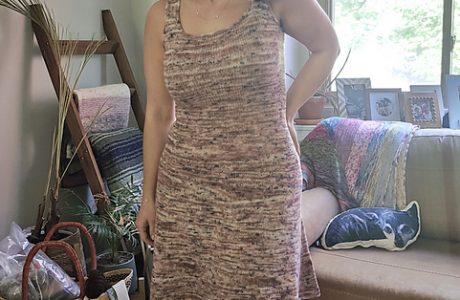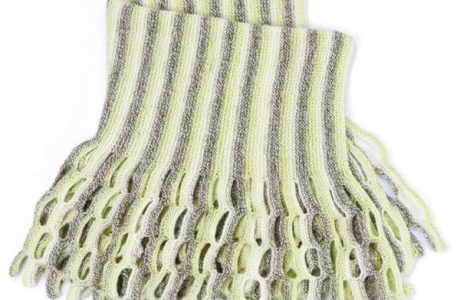
One of the key parts of learning how to knit well is understanding gauge. While there are plenty of knitters who say they never check their gauge, it’s a good idea to get in the habit of making and properly measuring your gauge if you want to knit garments that fit or other projects that come out the size you intend.
Knitting Knowledge has created an updated, modern guide including everything a knitter needs to know about gauge, along with photo and video resources. It answers questions like what happens when you don’t get gauge, what affects your gauge, how to measure it and more.
Check it out and hopefully it will convince you to knit a gauge swatch next time you start a new project!
Here are my top tips on getting the right gauge
When it comes to knitting, getting the right gauge is crucial for ensuring that your finished project turns out the way you want it to. Here are some tips for achieving the right gauge when knitting:
Use the recommended yarn and needles: The pattern you are following should specify the recommended yarn and needle size to use. Make sure to use the recommended yarn and needles to achieve the correct gauge.
Check your tension: Your tension, or the way you hold and manipulate the yarn and needles, can affect your gauge. If you tend to knit tightly or loosely, you may need to adjust your tension to achieve the right gauge.
Make a gauge swatch: A gauge swatch is a small sample of the pattern that you knit to test your gauge. Make sure to make a gauge swatch before starting your project, and compare it to the gauge specified in the pattern. If your gauge is off, you may need to adjust your needle size or adjust your tension.
Measure your gauge correctly: Measuring your gauge correctly is important for getting accurate results. Make sure to measure your gauge over a 4 inch (10 cm) square, and use a ruler or gauge measurement tool to make sure that your measurements are accurate.
Don’t be afraid to make adjustments: If you find that your gauge is not quite right, don’t be afraid to make adjustments. You can try using a different needle size, adjusting your tension, or even using a different yarn to get the right gauge for your project.
Practice consistent tension on every row: Practice consistent tension on every row. This means, keeping the same tension throughout the row to avoid gauge changes.
Be patient: Sometimes getting the right gauge can be a bit tricky, so be patient. It may take some time to find the right combination of needle size, yarn, and tension that works for you, but keep trying until you achieve the perfect gauge for your project.
Remember, getting the gauge right is an important step in knitting, that will ensure that your final product will fit properly, hang and drape the way it’s supposed to, and have the look and feel you intended.




